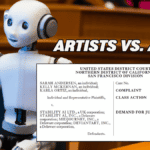If you have $39.95 and are sufficiently pretentious, you can buy this “No Photography” sign on Amazon. It looks fancy and comes with free Prime shipping, but will it legally prevent would-be shutterbugs from photographing your property?
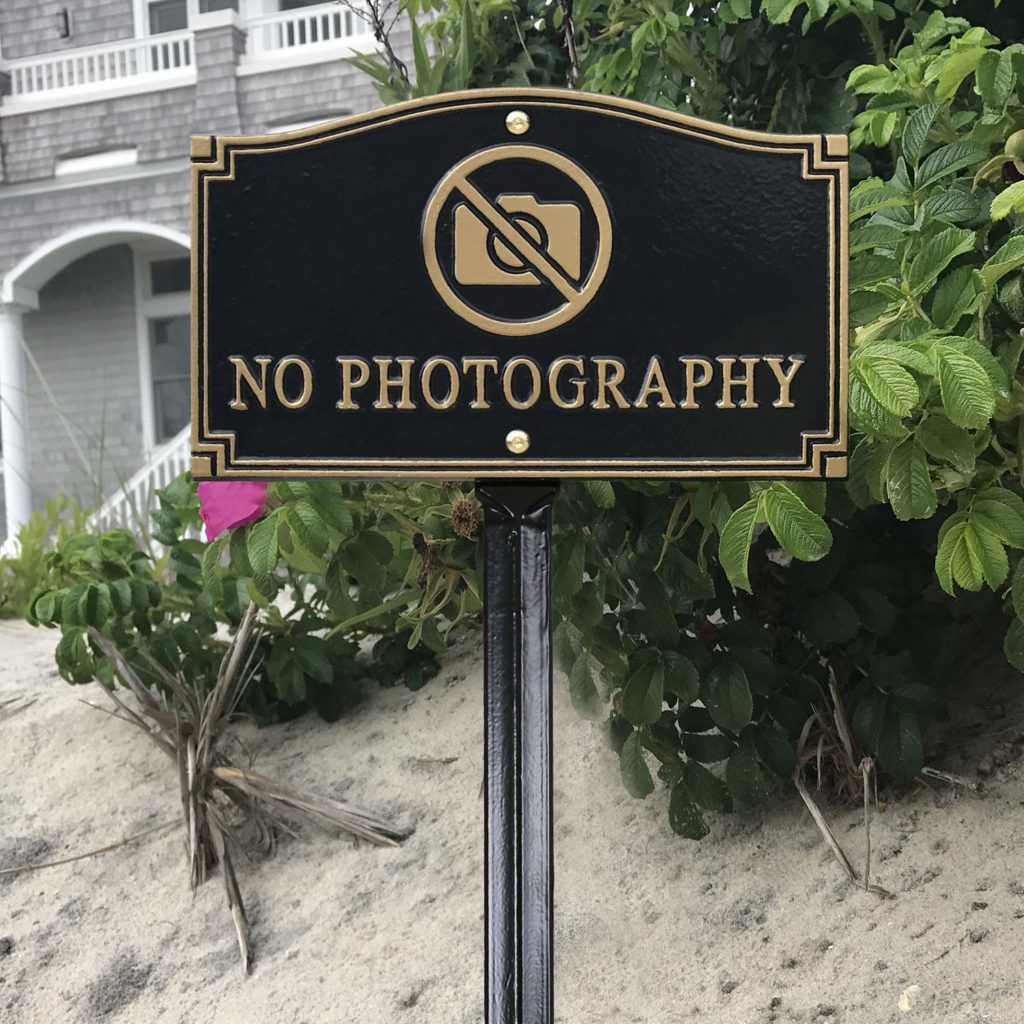
This is a legal issue that’s not exclusive to homeowners looking to keep out the prying eyes of paparazzi. The owners of commercial buildings and iconic architectural structures may also try to prevent the producers of TV shows, music videos and commercials from filming their properties without permission. Or more likely, they’ll ask to be paid for the privilege.
So what’s the deal with filming architectural works?
Let’s start with the basics. Architectural works created on or after December 1, 1990 are subject to copyright protection. This is thanks to the Architectural Works Copyright Protection Act (AWCPA). Under the AWCPA, copyright protects the design of a building as embodied in any tangible medium of expression, including a building, architectural plans, or drawings. Because we’re focused in this post on whether it’s legal to film a building as constructed, we won’t cover plans and drawings right now.
Here’s the key copyright provision that photographers, filmmakers and property owners need to know when it comes to filming architectural works as embodied in buildings like houses and offices. It’s section 120(a) of the Copyright Act, and it’s worth quoting in full:
17 U.S. § 120—Scope of exclusive rights in architectural works:
(a) Pictorial Representations Permitted.
The copyright in an architectural work that has been constructed does not include the right to prevent the making, distributing, or public display of pictures, paintings, photographs, or other pictorial representations of the work, if the building in which the work is embodied is located in or ordinarily visible from a public place.
Under section 120(a), if a building is located in or normally visible from a public place, it can be filmed or otherwise depicted without infringing the copyright in the underlying architectural work. This means that the “exemption” provided by section 120(a) is only available if someone can get their shots without trespassing on private property.
What if the building contains artwork in additional to its architectural elements? If the artwork is in the form of sculptural elements that are integrated into the architecture, the section 120(a) exemption still applies, and the building can be filmed along with those integrated elements. A good example of this situation arose in a lawsuit involving the 1995 motion picture “Batman Forever.” The movie featured a few shots of the Second Bank of Gotham, which were filmed at the 801 Tower in downtown Los Angeles. In real life, the building is the home to a bunch of law firms and accountants.
The film’s producer, Warner Bros., got permission from the building’s owners to film the structure. Warner did not, however, get separate permission from Andrew Leicester. Leicester was an artist who claimed to own the copyright in the Zanja Madre, a series of streetwall towers, a fountain area and a garden sculpture incorporated into the courtyard space at the 801 Tower. He sued Warner for including four of the towers in a few scenes of “Batman Forever” without his permission.

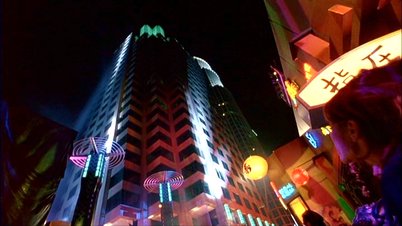
Leicester claimed that the AWCPA’s exemption for pictorial representations of buildings visible from a public place didn’t apply to the Zanja Madre which, he argued, was separately protectable as a work of visual art.
The court disagreed, finding that each of the four towers used in the film, including their decorative elements, were part of the 801 Tower as a whole. Because the tower was an integrated concept which included both architectural and artistic portions, section 120(a) applied. Therefore, Warner didn’t need Leicester’s permission to film the Zanja Madre.
It’s important to contrast a building containing integrated sculptural elements with one that contains a “separable” work like a standalone sculpture or a mural. If a filmmaker or photographer reproduces these works, this may constitute copyright infringement, assuming that fair use or another defense doesn’t apply.
For example, in 2018, Adrian Falker sued General Motors after the car company filmed his copyrighted mural—affixed to the side of a parking garage—and used it in an advertisement.
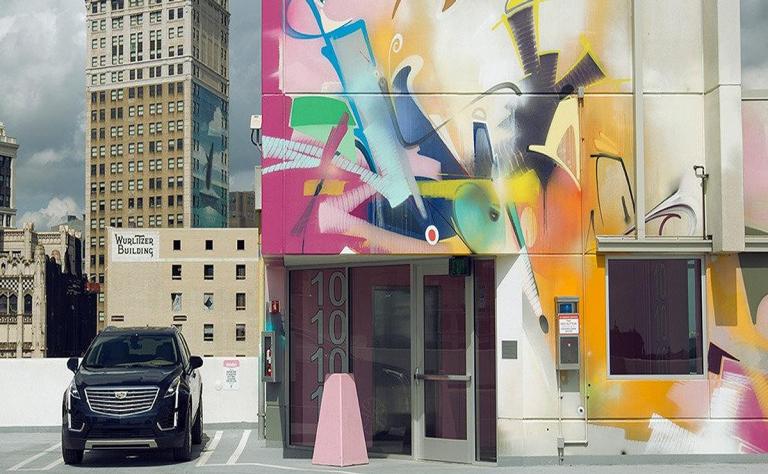
GM, relying on Leicester, argued that the mural was incorporated into the building, and that the section 120(a) exemption applied. The court disagreed, holding that the mural was not “part” of the parking garage. Among other things, the court found that Falkner’s work did not serve a functional purpose related to the building, and noted that the architecture of the parking garage and building were already complete before the plaintiff started his painting.
In addition to featuring separately copyrightable artistic works, buildings may also be subject to trademark protection. The U.S. Patent and Trademark Office has issued registrations for several iconic structures, including the Empire State Building, the Chrysler Building and the Jack in the Box fast food restaurant building design.
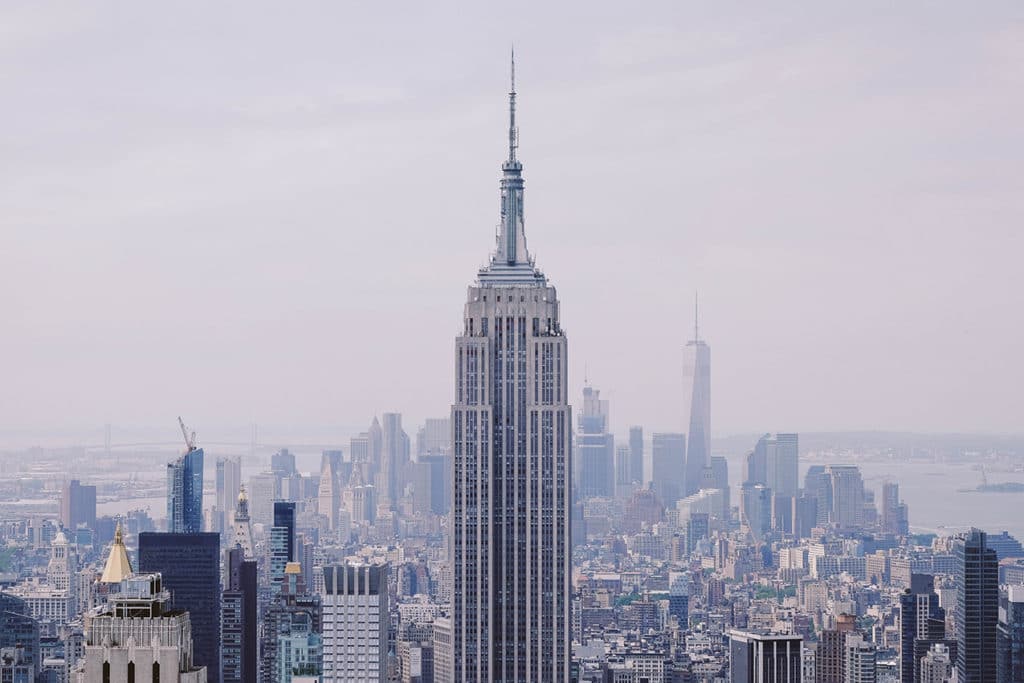
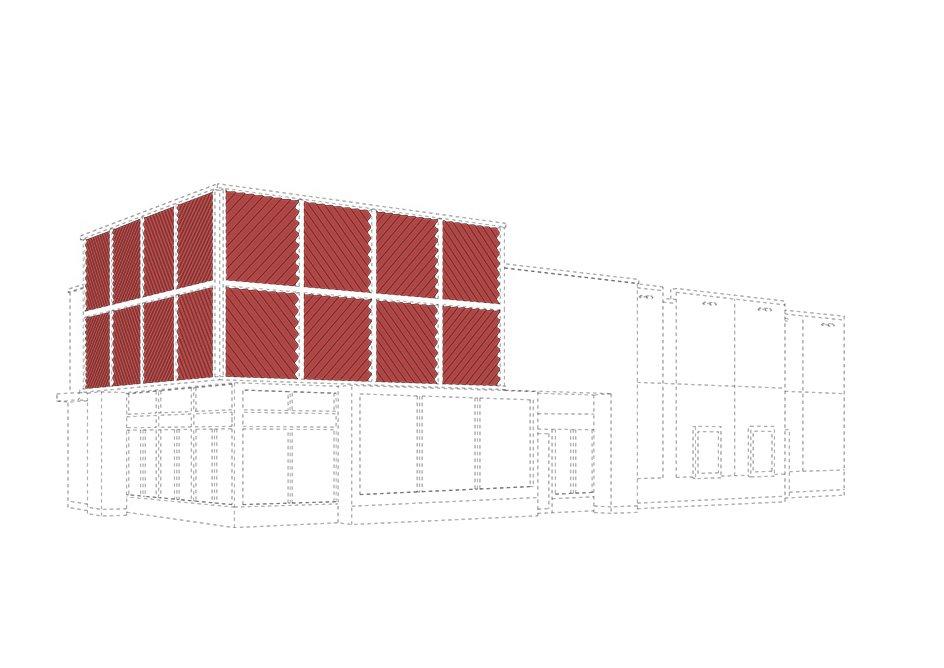
Does this mean that permission is needed to film these landmarks? Not necessarily. If a filmmaker or photographer captures the building as an incidental part of a larger work, there is likely no claim. But if someone wants to monetize the building in a more direct way (putting it on t-shirts for example), a license may be needed.
With all of this in mind, let’s go back to the “No Photography” sign that you just bought for your front yard. Should you keep it or ship it back to Amazon?
Well, so long as your house is visible from a public place, and does not feature any standalone works of visual art, copyright law won’t provide any protection. A typical residential property isn’t likely to serve as a trademark either. The bottom line is that while your sign may deter photographers who don’t know the law, there’s no real legal muscle behind it.
But hey, it looks nice right?






